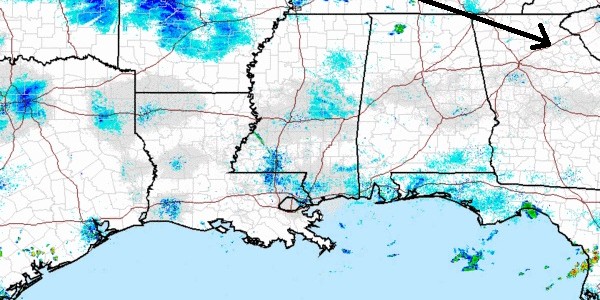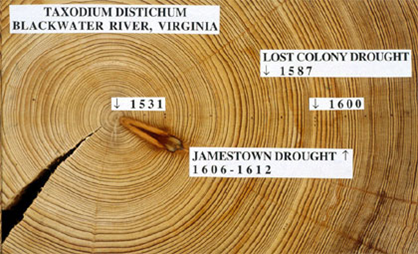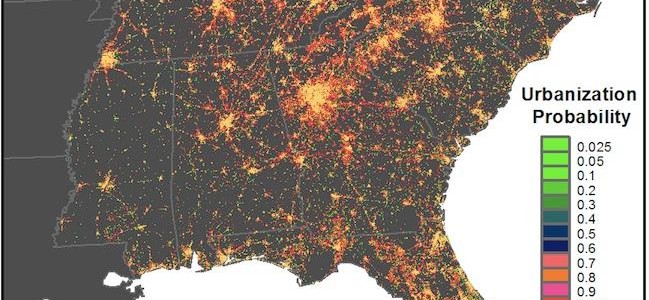Climate science
-

Earlier this month, the blog Carbon Brief published the results of a study asking climatologists which research paper was the most influential in the study of climate. The winner of the study was a 1967 paper by Syukuro Manabe and Richard. T. Wetherald, published in the Journal of Atmospheric Sciences entitled ” Thermal Equilibrium of the atmosphere…
-

The New York Times noted in a story earlier this week that sometime later this summer, a United jet will fly from Los Angeles to San Francisco using biofuel from farm waste and oils derived from animal fats. This is a first step by the airlines to convert more of their fleet to lower-carbon alternatives than…
-

In the summer it is not unusual to see organized systems of thunderstorms move into the Southeast from the southern Plains. They often form at night and continue moving to the east or southeast during the next day. One came into the Southeast yesterday, and another is approaching our area today. But what are they?…
Posted in: Climate science -

How do we know about past climates and prehistoric civilizations? Since we don’t have instrumental records or written histories, we have to use clues from the environment to help us decipher what the past was really like. “Proxy data” are used to try to find a link between something that we can observe, like tree…
-

WABE, NPR’s radio station in Atlanta, produced a story today about projected urbanization changes in the Southeast. At current growth rates, we could see a nearly continuous string of urban areas stretching from southwest of Atlanta all the way to Raleigh NC and northeast. How would the increase in urbanization affect local climate conditions? The…
-

For the end of Lightning Awareness Week, I want to list a couple of articles that contain very useful information on where and when lightning strikes and the most likely ways that you can be affected. Did you know that 15 percent of all lightning deaths are work-related? And of those, 34 percent are to…
-

Bloomsberg Businessweek had a dynamic graphic online today showing the impacts of different factors on the Earth’s temperature. You can see it at https://www.bloomberg.com/graphics/2015-whats-warming-the-world/. The factors include greenhouse gases, aerosols from pollution, volcanic eruptions, ozone and land use changes.